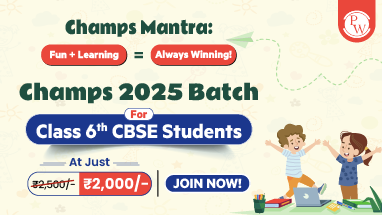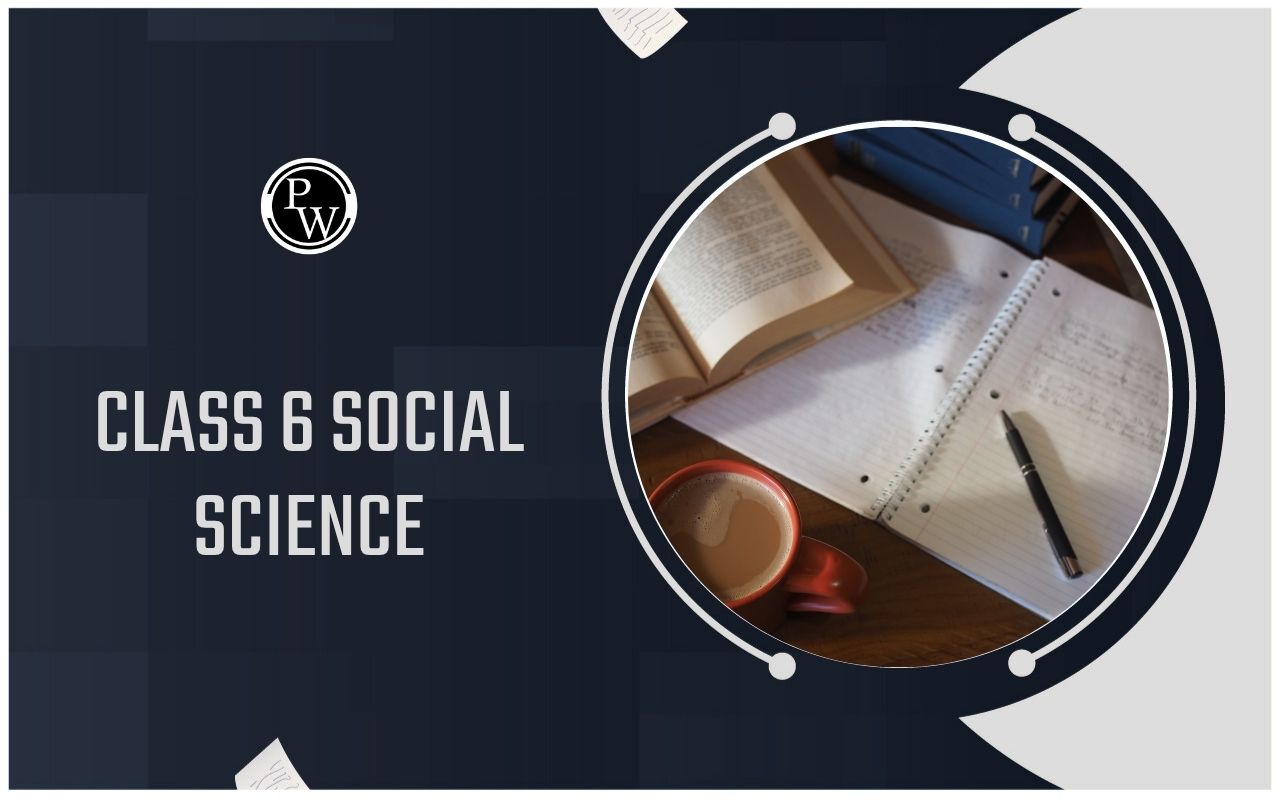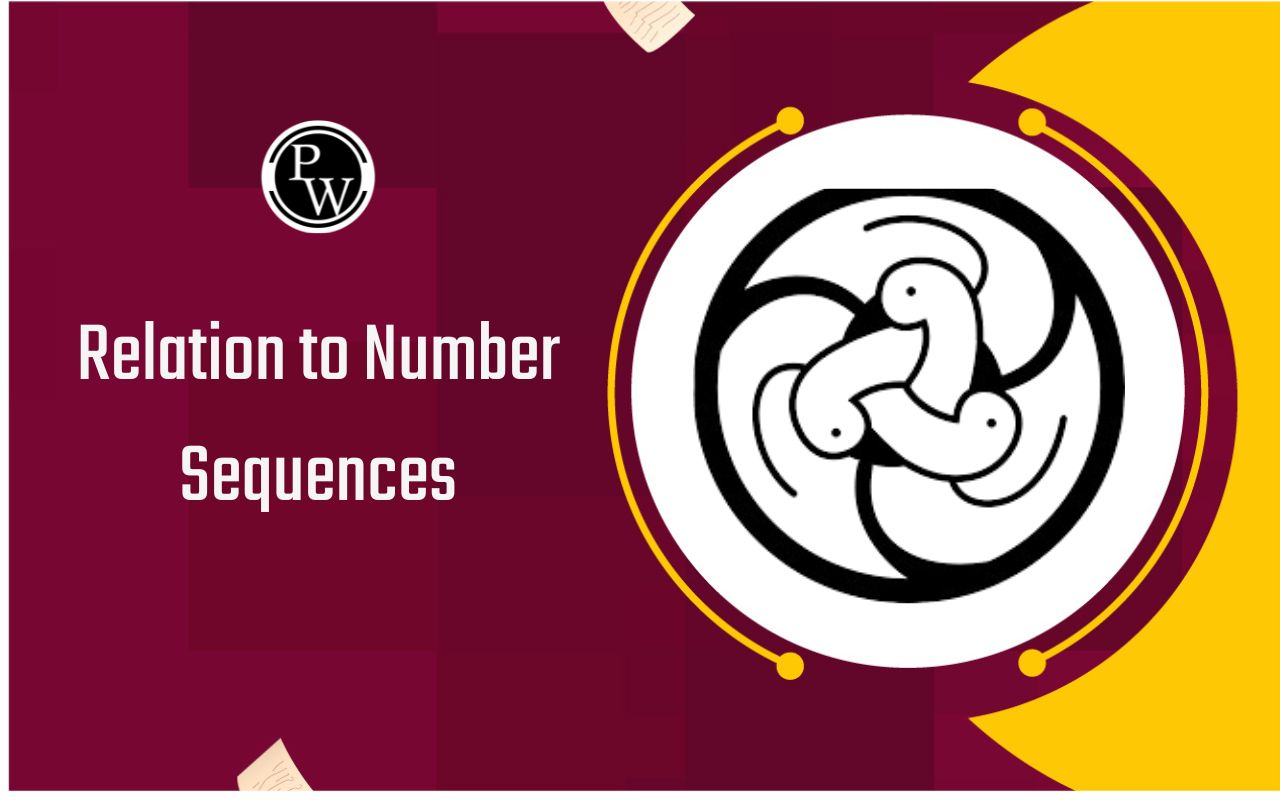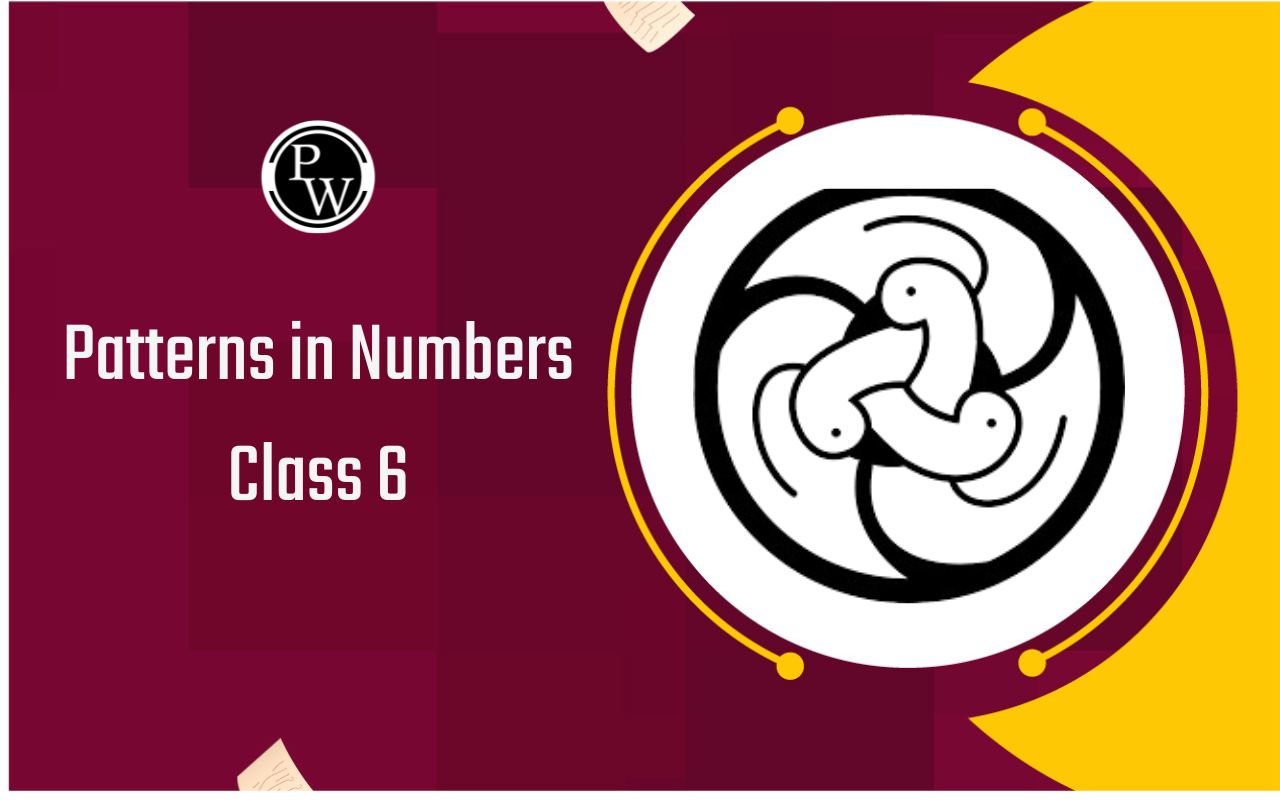
NCERT Solutions for Class 6 Social Science Civics Chapter 1
NCERT Solutions for Class 6 Social Science Civics Chapter 1: Every person on Earth is different from one another in terms of how they look, behave, their culture, and where they come from. India is a country with a lot of differences among its people. Understanding diversity means knowing that each person is special. It also means realising that we all have differences like race, culture, gender, who we're attracted to, how much money we have, age, physical abilities, religious beliefs, political beliefs, and other ideas. Students can find out more about these things from the NCERT Solutions for Class 6 Social Science Civics Chapter 1 Understanding Diversity. These solutions give answers to the exercises in the book "Social and Political Life." This chapter talks about what diversity means, how diverse our country is, the unity in the diversity of this nation, and how diversity makes our lives better.NCERT Solutions for Class 6 Social Science Civics Chapter 1 PDF Download
NCERT Solutions for Class 6th Social Science Civics Chapter 1 Understanding Diversity
1. Draw up a list of the different festivals celebrated in your locality. Which of these celebrations are shared by members of different regional and religious communities?
Ans: Festivals shared by different regional and religious communities are:- Independence Day
- Republic Day
- Gandhi Jayanti
 2. What do you think living in India with its rich heritage of diversity adds to your life?
Ans:
Various cultural differences exist, such as diverse languages, religions, communities, customs, traditions, festivals, rituals, and more.
2. What do you think living in India with its rich heritage of diversity adds to your life?
Ans:
Various cultural differences exist, such as diverse languages, religions, communities, customs, traditions, festivals, rituals, and more.
- Despite these differences, there is unity among the people. They stand together. They opposed the British and overcame the powerful empire through non-violence and peaceful methods.
- When it comes to the country's interests, people from different regions come together as one.
- During natural disasters, they wholeheartedly contribute to alleviate the sufferings of the people.
Diversities:
- Varieties in geography include various land forms, climates, plants, and water bodies.
- Differences in culture involve different languages, religions, groups, traditions, celebrations, customs, and rituals.
- Even with all these differences, there is a sense of togetherness among the people; they stand united.
- They opposed the British using non-violent methods like Ahimsa and peaceful approaches, leading to the end of the powerful empire.
- When it comes to the country's well-being, people from different regions unite as one.
- During natural disasters, they enthusiastically work together to alleviate the hardships faced by the people.
| CBSE Syllabus Class 6 | |
| CBSE Class 6 Science Syllabus | CBSE Class 6 Maths Syllabus |
| CBSE Class 6 Social Science Syllabus | CBSE Class 6 English Syllabus |
MULTIPLE CHOICE QUESTIONS
Choose the correct option to complete the statements given below: (i) Samir Do thought Samir Ek did not know…………… (a) English (b) Hindi (c) Punjabi (d) Urdu (ii) Samir Do’s family lived in………… (a) Delhi (b) Meerut (c) Bihar (d) Jaipur. (iii) Which of these is not an example of inequality? (a) casting the vote for electing a government (b) belonging to a different religion (c) speaking one language and not another (d) earning money. (iv) Which of these is not a reason for diversification? (a) history of a region (b) habitat of a person (v) Ladakh is a desert in the state of……………. (a) Kerala (b) Madhya Pradesh (d) Jammu and Kashmir (d) Rajasthan. Answer:(i) – (b), (ii) – (b), (iii) – (a), (iv) – (d), (v) – (c).
CBSE Board Exam Centre List 2024
FILL IN THE BLANKS
Fill in the blanks with appropriate words to complete each sentence.- A caste system is a form of……………
- Inequality comes when a person does not have access to…………. and…………..
- A country’s customs, religions, arts, and history constitute its ……………..
- People travelled in search of…………..
- When people travel to other places, ……….. of cultures takes place.
- Habitat is associated with the ………. one lives in.
- Both Kerala and Ladakh were influenced by……… and………..
- A British general opened fire on a public meeting in………… on April 13, 1919.
- The Discovery of India’ is a book by………..
- inequality
- resources, opportunities
- culture
- new lands and people
- intermixing
- geographical area
- Chinese, Arab
- Jallianwalla Bagh
- Jawahar Lai Nehru.
CBSE Board Exam Centre List 2024
TRUE/FALSE
State whether each of these sentences is true (T) or false (F).- All Indians share the national anthem.
- All Indians have the same national language.
- All Indians speak the same language.
- Pt. Nehru was the first President of India.
- The caste system is an example of diversity.
- Kerala and Ladakh are in different parts of India.
- The geography of Ladakh allows the cultivation of spices.
- True
- True
- False
- False
- False
- True
- False
MATCHING SKILL

Ans. (i)(d) (ii)(e) (iii)(c) (iv)(b) (v)(a)
VERY SHORT ANSWER TYPE QUESTIONS
1.Give an example of diversity in India. Ans: The people of India, living in different parts, speak different languages. 2. Give an example of unity in diversity among Indians. Ans: All Indians share the same national pride of having India as their motherland. 3. Why did Samir Do, the paperboy, think the author did not know Hindi? Ans: Samir Do, the paperboy, thought the author looked like a foreigner, so he could not know Hindi. 4. Why was Samir Do tense? Ans: Samir Do was tense because riots had broken out in Meerut, where his family lived. 5. Give one example to show why diversity is important in our lives. Ans: If all had similar lives in aspects of region, religion, opportunities, etc., then writers would lack innovation. 6. Give one way in which Kerala and Ladakh are different. Ans: Kerala is famous for the cultivation of spices. Ladakh is famous for growing wool. 7. What is Ladakh known as? Ans: Ladakh is known as Little Tibet. 8. Mention the different religions that are practised in Kerala. Ans: The people of Kerala practice many different religions, such as Judaism, Islam, Christianity, Hinduism, and Buddhism. 9. How can you say that the history of Kerala and Ladakh has had similar cultural influences? Ans: Both regions were influenced by Chinese and Arab traders. 10. How was the Indian flag used during the freedom struggle? Ans: During the freedom struggle the Indian flag was used as a symbol of protest against the British by people everywhere.SHORT ANSWER TYPE QUESTIONS
1. ‘India is a country of many diversities’. Explain giving examples. [V. Imp.]
Ans: One of India's special features is its many diversities. For instance,- We use various languages like Hindi, Punjabi, Gujarati, etc.
- We enjoy different types of food, such as chawal, dal, Razma, idli, dosa, Roti, etc.
- We observe various festivals like Holi, Diwali, Id, Guru Parv, Christmas, Baishakhi, etc.
- We follow different religions like Hinduism, Islam, Sikhism, Christianity, etc.
- We wear different kinds of clothes, like saree-blouses, Kurta-pyjamas, shirt-pants, etc.
LONG ANSWER TYPE QUESTIONS
1. How do we explain diversity? [V. Imp.]
Ans: Diversity refers to differences, which can include language, food, culture, living, and religion. India is a special country where you can see this in many ways. There are various festivals, languages, clothing styles, and religions in India. Despite these differences, the people of India consider themselves Indians, showing unity by honouring one flag and singing a common national anthem. This is known as unity in diversity. Diversity is evident when we travel to different parts of the world. Throughout history, people have visited different lands for learning and trade. They adopted various styles, languages, and cultures from these places. Geographical variations and natural calamities also contribute to diversity. For instance, Kashmir has a cold climate with temperatures dropping below 0°C. Consequently, Kashmiri people wear warm clothes and consume hot food. In contrast, people in desert areas wear different clothes because of the very hot conditions there. 2. List three ways in which the different geographical location of Kerala and Ladakh would influence the following:- The food people eat
- The clothes they wear
- The work they do.
Benefits of NCERT Solutions for Class 6 Social Science Civics Chapter 1
NCERT solutions play a crucial role in the academic journey of students, providing them with a comprehensive understanding of various subjects. The benefits of NCERT solutions for Class 6 Social Science Civics Chapter 1, "Understanding Diversity," are manifold. Let's delve into the specific advantages: 1. Conceptual Clarity: NCERT solutions are designed to provide conceptual clarity to students. In the case of Class 6 Social Science Civics Chapter 1, "Understanding Diversity," these solutions break down complex concepts related to diversity, making them easily understandable for young learners. 2. Structured Content: The solutions follow a structured format, mirroring the organisation of the textbook. This aids students in navigating through the content seamlessly, helping them understand the logical progression of ideas presented in the chapter. 3. Accurate Information: NCERT solutions are developed by subject matter experts, ensuring the accuracy and reliability of the information provided. Students can trust the content to be aligned with the curriculum, making it a valuable resource for exam preparation. 4. Practice Questions and Answers: The solutions include a variety of practice questions and their corresponding answers. This allows students to test their understanding of the chapter, reinforcing the knowledge gained and providing an opportunity for self-assessment. 5. Exam Preparation: By solving NCERT solutions for Class 6 Social Science Civics Chapter 1, students can effectively prepare for exams. The solutions cover a range of questions that are likely to appear in examinations, giving students a chance to familiarise themselves with the exam pattern and question types. 6. Enhanced Understanding of Diversity: Chapter 1, "Understanding Diversity," is a foundational lesson that introduces students to the concept of diversity in various forms, such as language, religion, and culture. The NCERT solutions delve deep into these aspects, enhancing students' understanding of the importance of diversity in society. 7. Interactive Learning: Many NCERT solutions incorporate interactive elements, such as diagrams, charts, and illustrations, to make learning more engaging. In the context of Civics Chapter 1, visual aids may be used to explain the diverse cultural practices and traditions, making the content more memorable for students. 8. Critical Thinking Skills: The solutions often include questions that encourage critical thinking. This not only helps students understand the chapter content but also nurtures their analytical and problem-solving skills, which are essential for overall academic development. 9. Holistic Learning: NCERT solutions are designed to facilitate holistic learning. In the case of Civics Chapter 1, students not only learn about diversity in society but also gain insights into the significance of respecting and appreciating differences, fostering a sense of inclusivity. 10. Parental Guidance: The solutions can serve as a useful resource for parents who wish to support their children's learning at home. The clear explanations and answers enable parents to assist their children in understanding the concepts covered in the chapter.How to Prepare with NCERT Solutions for Class 6 Social Science Civics Chapter 1
Preparing for Class 6 Social Science Civics Chapter 1, "Understanding Diversity," using NCERT Solutions can be an effective way to grasp the concepts and excel in your studies. Here is a detailed guide on how to prepare with NCERT Solutions for this chapter: 1. Understand the Chapter Structure: Start by familiarising yourself with the structure of Chapter 1. Identify key topics, sub-topics, and the overall flow of the chapter. This will give you an overview of what to expect. 2. Read the Chapter Thoroughly: Begin by reading the chapter from your NCERT textbook. Focus on understanding the content, concepts, and any key terms introduced in the chapter. 3. Use NCERT Solutions: NCERT Solutions provide answers to the exercises and questions given at the end of each chapter. Obtain a copy of the NCERT Solutions book or access them online. 4. Step-by-Step Problem Solving: Go through each exercise and question in a step-by-step manner. Understand the solution provided in the NCERT Solutions and ensure that you comprehend the reasoning behind each step. 5. Additional Reference Material: While NCERT Solutions are comprehensive, you can also refer to other study materials or online resources to gain a deeper understanding. Look for videos, articles, or interactive content related to the concepts covered in the chapter. 6. Take Notes: As you go through the NCERT Solutions and additional reference material, take notes on important concepts, definitions, and any additional information that might be useful for revision. 7. Discuss with Peers or Teachers: Engage in discussions with your peers or seek clarification from your teachers if you come across any doubts or challenging concepts. Collaborative learning can enhance your understanding. 8. Practice Regularly: Regular practice is key to mastering any subject. Solve the exercises multiple times to reinforce your understanding of the concepts. Repetition helps in retaining information. 9. Make Use of Visual Aids: Create visual aids such as mind maps, charts, or diagrams to represent key concepts. Visual aids can help in better retention and understanding of complex topics. 10. Revise Frequently: Periodically revise the chapter and revisit the NCERT Solutions. This will help you retain the information and identify any areas that may need further attention. 11. Mock Tests and Sample Papers: Practice with mock tests and sample papers to assess your understanding. This will also help you become familiar with the exam pattern and improve your time management skills. 12. Seek Help When Needed: If you encounter difficulties in any particular topic, don't hesitate to seek help from your teachers, classmates, or online forums. Understanding diversity may involve nuanced concepts, and clarification is crucial.NCERT Solutions for Class 6 Social Science Civics Chapter 1 FAQs
Are NCERT Solutions available for free?
Yes, NCERT Solutions are often available for free on official educational websites, making them accessible to a wide range of students.
Can I use NCERT Solutions for revision before exams?
Absolutely, NCERT Solutions are an excellent revision tool, providing concise explanations and practice questions to reinforce learning before exams.
Are there interactive elements in NCERT Solutions?
While primarily text-based, NCERT Solutions often include exercises and activities that engage students in an interactive learning process.
Can NCERT Solutions be used for homeschooling purposes?
Yes, NCERT Solutions can be a valuable resource for homeschooling, providing a structured and comprehensive guide for Civics education.
Do NCERT Solutions cover real-life applications of Civics concepts?
Yes, NCERT Solutions often incorporate real-life examples and applications, helping students connect theoretical concepts to practical scenarios for a more profound understanding.
Talk to a counsellorHave doubts? Our support team will be happy to assist you!

Check out these Related Articles
Free Learning Resources
PW Books
Notes (Class 10-12)
PW Study Materials
Notes (Class 6-9)
Ncert Solutions
Govt Exams
Class 6th to 12th Online Courses
Govt Job Exams Courses
UPSC Coaching
Defence Exam Coaching
Gate Exam Coaching
Other Exams
Know about Physics Wallah
Physics Wallah is an Indian edtech platform that provides accessible & comprehensive learning experiences to students from Class 6th to postgraduate level. We also provide extensive NCERT solutions, sample paper, NEET, JEE Mains, BITSAT previous year papers & more such resources to students. Physics Wallah also caters to over 3.5 million registered students and over 78 lakh+ Youtube subscribers with 4.8 rating on its app.
We Stand Out because
We provide students with intensive courses with India’s qualified & experienced faculties & mentors. PW strives to make the learning experience comprehensive and accessible for students of all sections of society. We believe in empowering every single student who couldn't dream of a good career in engineering and medical field earlier.
Our Key Focus Areas
Physics Wallah's main focus is to make the learning experience as economical as possible for all students. With our affordable courses like Lakshya, Udaan and Arjuna and many others, we have been able to provide a platform for lakhs of aspirants. From providing Chemistry, Maths, Physics formula to giving e-books of eminent authors like RD Sharma, RS Aggarwal and Lakhmir Singh, PW focuses on every single student's need for preparation.
What Makes Us Different
Physics Wallah strives to develop a comprehensive pedagogical structure for students, where they get a state-of-the-art learning experience with study material and resources. Apart from catering students preparing for JEE Mains and NEET, PW also provides study material for each state board like Uttar Pradesh, Bihar, and others
Copyright © 2025 Physicswallah Limited All rights reserved.
Get App







